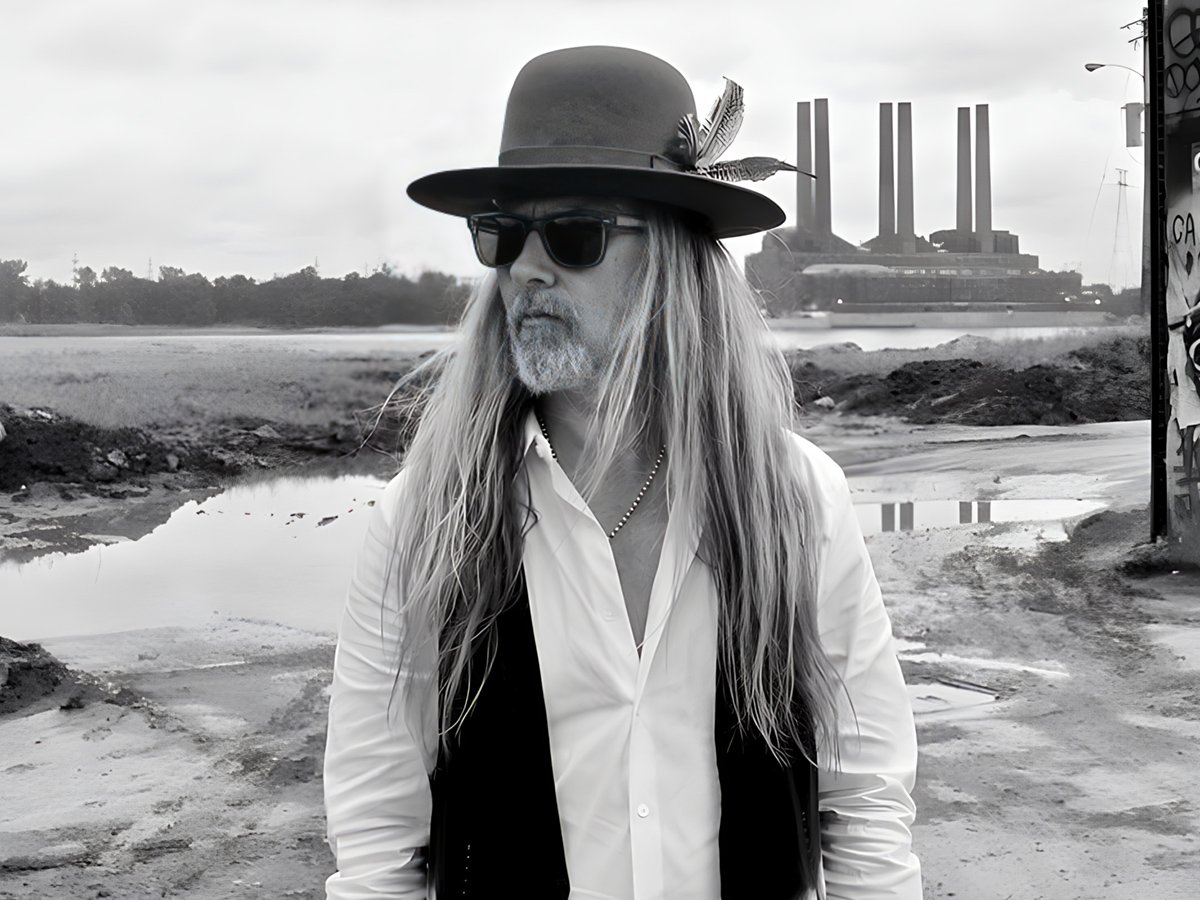
(Credits: Tidal)
Thu 7 August 2025 21:00, UK
The 1990s were defined by huge, unmistakable personalities straddling the world of rock and defiantly doing things their way.
This is not to say that the previous decade hadn’t been crawling with world-conquering rock heroes. Quite the opposite, as there’s never been a time before or since that rock music made such a dent in the mainstream as the 1980s. However, that’s just it. They were artists chasing the mainstream and making the music that would get them there. When the 1990s brought the likes of Jerry Cantrell, that wasn’t the case anymore.
While it’s easy to put all the major rock artists of the ’90s under the same grunge umbrella, the truth is that very few of them sound like each other, let alone the standard “grunge” sound. Nirvana were a thrashing garage punk band with a pure pop heart. The Smashing Pumpkins were Pink Floyd via My Bloody Valentine. Soundgarden were the Gen X Led Zeppelin. Then you had Alice In Chains, who stormed out of the grunge Mecca of Seattle with one goal—to take the grunge sound and spike it with classic, anvil-heavy metal.
In a decade indebted to the alternative rock bands of the previous era, Alice In Chains were aping no one so much as Black Sabbath. Taking the viscous, punishingly heavy sounds of their early records and removing most of the blues influences in favour of more discordant alternative rock. This was driven by the band’s guitarist and main songwriter Jerry Cantrell. In a decade of influential guitarists, he managed to straddle the divide between rock and metal guitarists by basically being among the best of both worlds.
Jerry Cantrell’s guitar work is just as crucial to the sound of Alice In Chains as their dearly departed frontman, Layne Staley. It’s unmistakable, atmospheric, and just as prone to chiming, bleakly beautiful chord patterns as riffs ripped from the pits of hell itself. Cantrell was a guitarist who fit just as well in the world of metal as grunge, and one can tell this via a cursory look at the way he talked about not only his influences, but his peers as well.
So, who did Jerry Cantrell describe as “otherworldly”?
After all, American rock in the 1990s didn’t begin and end with grunge. It was also a banner year for heavy metal. It was the decade that saw Metallica ascend from being “big for a metal band” to just plain “big”, with their 1991 effort The Black Album. White Zombie and Nine Inch Nails showed how fun and not-so-fun, respectively, heavy metal could be when paired with influences from the nascent industrial scenes. Rage Against the Machine fused metal with socially conscious hip-hop in a way so staggeringly brilliant that no one could have imagined it would lead directly to the single worst era of metal in the late 1990s and early 2000s.
As you can see, these are all bands and artists who aren’t just copying the metal sounds that came before, but innovating the whole genre. This was something Cantrell said he appreciated more than anything else in an interview conducted for a documentary: “I’m more a fan of people who… just have an innate thing that is unlike anyone else”. To him, the ultimate example of this, and the focus of that documentary, is Pantera’s shredder, Dimebag Darrell Abbott.
Cantrell then discussed the first Pantera show he went to and how he struck up a friendship with Dime afterwards, saying, “I remember after that show, going up to him and introducing myself and asking him about his amps and his tone because it was just, like, otherworldly, y’know?” He went on to talk about Dimebag’s influences, saying that he was an Eddie Van Halen obsessive but also, like the rest of the leading lights of metal in the ’90s, he took influences from more esoteric, heavier artists as well.
He finished by saying, “There’s really nobody like him and it’s obvious, y’know? He was a badass, he had talent, and he had this otherworldly thing… He was one of my best friends in this… pirate ship life of rock ‘n’ roll.”
To say that the only time an artist like him could have existed is in the ’90s is a little much. There are always people pushing the boundaries if you know where to look. However, there’s only one decade that an artist like that could have come to mainstream prominence, one of the many reasons it was arguably the most interesting time for mainstream music ever.
Related Topics

